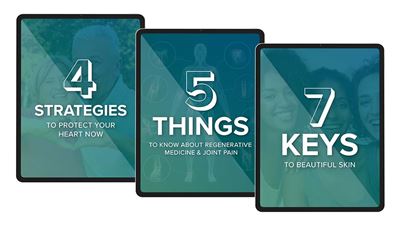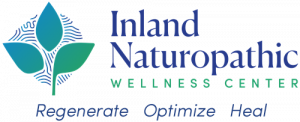Vitamin D, the “sunshine vitamin” is most known for its eradication of rickets, a bone deformity that was discovered in children during the 1930s. Most recently it’s touted as the cure all nutrient. Truly, more a hormone than a vitamin, the body manufacturers it with the help of sunlight. Vitamin D’s main role is to facilitate the absorption of dietary calcium via the parathyroid gland. So, if vitamin D is deficient there is decreased calcium absorption and a decrease in bone density. It therefore plays a crucial role in bone health and repair. But that’s just the beginning. Vitamin D helps modulate immune cells, helps protect us from cancer and heart disease and is even involved in gene transcription. Here is what you should know about vitamin D supplementation.
As mentioned, the major source of vitamin D production begins in the skin with the help of ultraviolet B-sunlight and cholesterol. There, a vitamin D precursor is ultimately metabolized to its active form, 1,25 dihydroxy vitamin D in the liver and finally the kidneys. The best time to make vitamin D in the skin is between 10 a.m. to 2 p.m., in the summer months. Dietary sources of vitamin D include mushrooms, eggs, dairy, fish, and meat. In adults, vitamin D deficiency has been linked to a long list of conditions.
Some of the conditions vitamin D deficiency has been linked to include: colon cancer, depression, osteoporosis, dementia, Alzheimer’s disease, atherosclerosis, high blood pressure, diabetes, and pain and weakness in muscles and joints. Risk factors for vitamin D deficiency include being a senior, avoiding sunlight exposure, chronic sunscreen users, and being darker skinned. For women, being pregnant, in menopause, or having premenstrual syndrome are risk factors. Other risk factors include individuals with depression, obesity, seizure medication use and having chronic heart disease. The phenomena linking these conditions to vitamin D deficiency is impaired synthesis of the active form of vitamin D3. Individuals supplementing with vitamin D need to be aware of the consequences of excessive vitamin D.
Vitamin D intoxication can lead to diarrhea, headaches, weakness, atherosclerosis, hypertension, nausea & vomiting, constipation, kidney stones and calcification in certain soft tissues. Knowing your status through testing of 1,25 dihydroxy vitamin D is key to avoiding toxicity. Values above 100ng/ml are considered toxic although symptoms of toxicity at this range seem uncommon. A second consideration is the form of vitamin D used. There are two forms available on the market, vitamin D2 and D3. Vitamin D2 does not have a carrier protein, which means that toxicity can be easily reached. I feel vitamin D3 is the best form because it has a carrier protein. Thirdly, vitamin D3 should be taken with vitamin K2 and vitamin A to prevent toxicity. Optimal ranges are between 50-100ng/ml.
When prescribing vitamin D3 I typically give doses between 5,000-10,000 IUs per day. Larger but less frequent doses can also be safely taken depending on severity of the deficiency. For the averaged sized adult, lesser doses seem to do little to reverse vitamin D deficiency in individuals. When supplementing with vitamin D3, first know your status by getting tested. Be sure to retest after three to four months or two to three times annually after starting supplementation, this way your dosage can be adjusted accordingly. In summary, when supplementing, it’s best to do so correctly to attain the many benefits of vitamin D safely.



